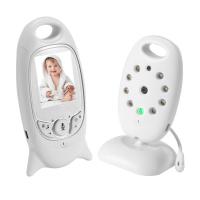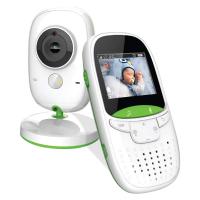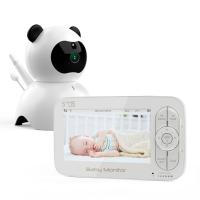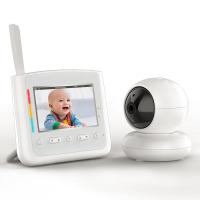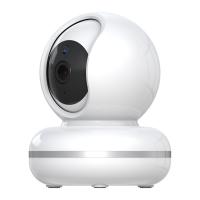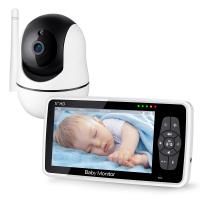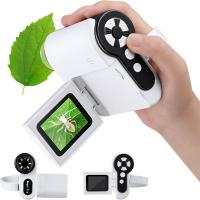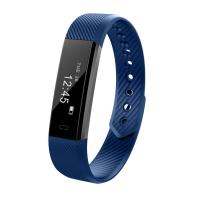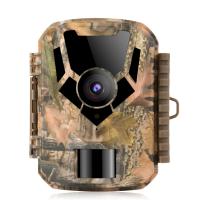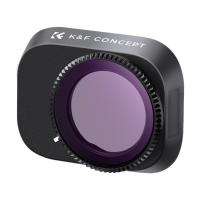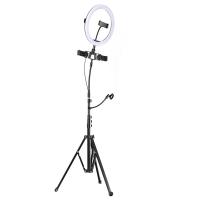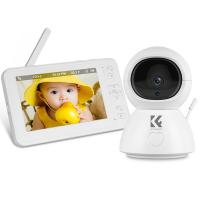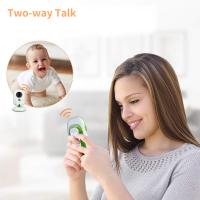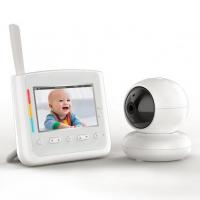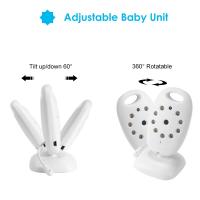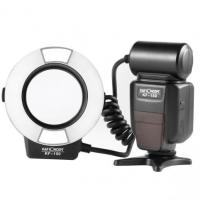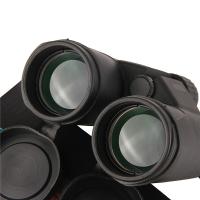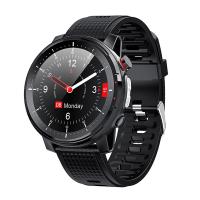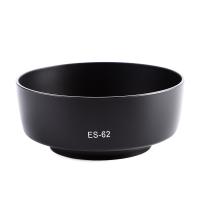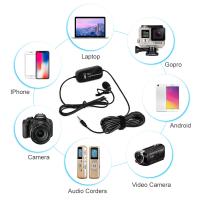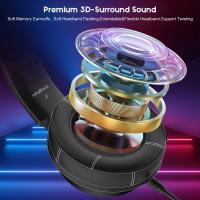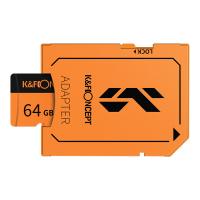How Far Will A Baby Monitor Work?
When it comes to baby monitors, one of the most frequently asked questions by parents is, "How far will a baby monitor work?" This question is crucial for ensuring that the device will be effective in providing peace of mind and security for both the baby and the parents. In this article, we will delve into the various factors that influence the range of baby monitors, the types of baby monitors available, and practical tips for maximizing their effectiveness.
Understanding Baby Monitor Range
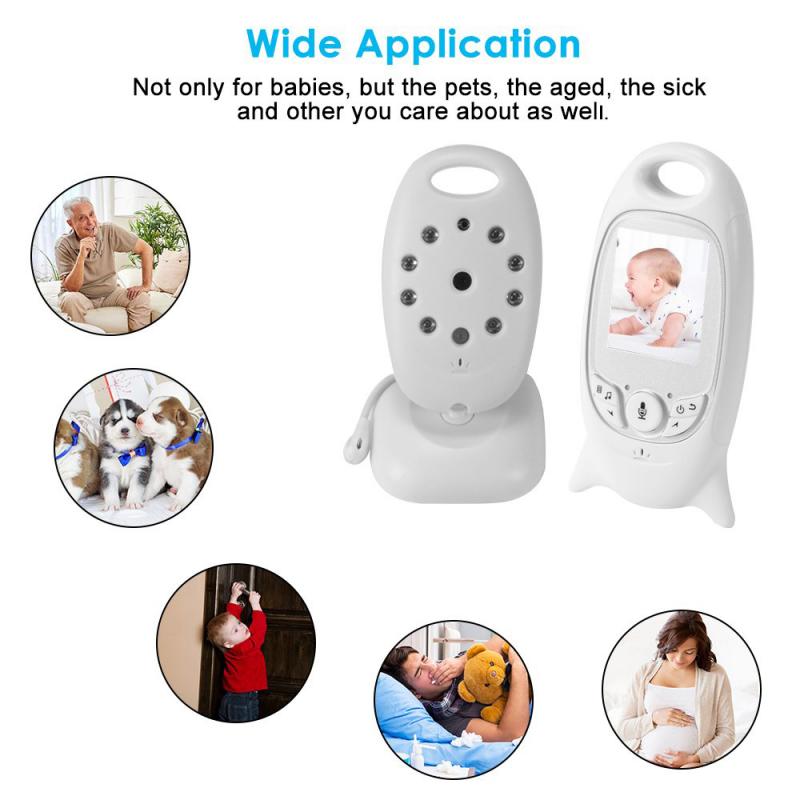
The range of a baby monitor refers to the maximum distance over which the device can transmit audio and/or video signals from the baby unit to the parent unit. This range can vary significantly depending on several factors, including the type of monitor, the environment in which it is used, and any potential obstacles that may interfere with the signal.
Types of Baby Monitors

1. Analog Baby Monitors: These are the most basic type of baby monitors and typically have a shorter range compared to digital monitors. Analog monitors usually operate on a frequency of 49 MHz or 900 MHz and can have a range of up to 300 feet in an open space. However, their range can be significantly reduced by walls, furniture, and other obstacles.
2. Digital Baby Monitors: These monitors use digital signals to transmit audio and video, offering better sound and picture quality. They usually operate on frequencies of 2.4 GHz or 5.8 GHz and can have a range of up to 1,000 feet in an open space. Digital monitors are less susceptible to interference and provide a more secure connection compared to analog monitors.
3. Wi-Fi Baby Monitors: These monitors connect to your home Wi-Fi network and can be accessed via a smartphone or tablet. The range of Wi-Fi monitors is theoretically unlimited as long as you have an internet connection. However, the actual range will depend on the strength and coverage of your Wi-Fi network.
4. DECT Baby Monitors: DECT (Digital Enhanced Cordless Telecommunications) monitors operate on a frequency of 1.9 GHz, which is less crowded than the frequencies used by other household devices. This results in less interference and a more reliable connection. DECT monitors typically have a range of up to 1,000 feet in an open space.
Factors Affecting Baby Monitor Range

Several factors can influence the effective range of a baby monitor, including:
1. Obstacles: Walls, floors, and furniture can all interfere with the signal, reducing the effective range of the monitor. The more obstacles there are between the baby unit and the parent unit, the shorter the range will be.
2. Interference: Other electronic devices, such as cordless phones, microwaves, and Wi-Fi routers, can cause interference and reduce the range of the baby monitor. Choosing a monitor that operates on a less crowded frequency can help minimize interference.
3. Environment: The range of a baby monitor can be affected by the environment in which it is used. For example, a monitor used in a densely populated urban area may experience more interference than one used in a rural area.
4. Battery Life: The battery life of the baby monitor can also affect its range. A monitor with a low battery may not transmit signals as effectively as one with a fully charged battery.
Maximizing Baby Monitor Range
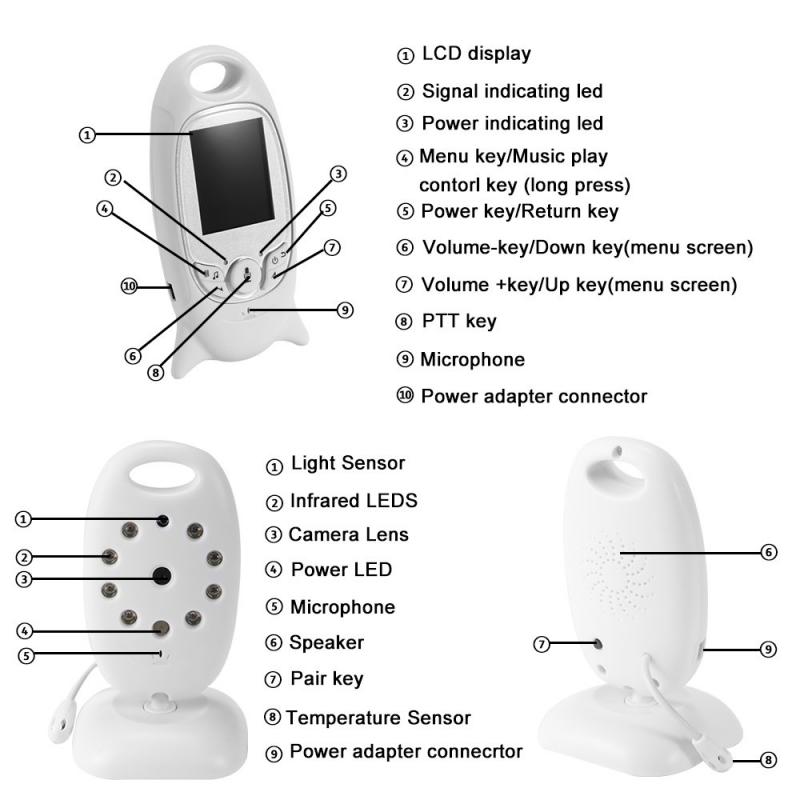
To ensure that your baby monitor works effectively, consider the following tips:
1. Positioning: Place the baby unit and parent unit in locations that minimize obstacles and interference. For example, avoid placing the baby unit near thick walls or large pieces of furniture.
2. Frequency Selection: Choose a baby monitor that operates on a less crowded frequency to reduce interference. DECT monitors are a good option for this reason.
3. Wi-Fi Network: If you are using a Wi-Fi baby monitor, ensure that your home Wi-Fi network has strong coverage throughout your home. Consider using a Wi-Fi extender or mesh network to improve coverage if necessary.
4. Battery Maintenance: Keep the batteries of both the baby unit and parent unit fully charged to ensure optimal performance. Replace batteries as needed to maintain a strong signal.
5. Test the Range: Before relying on the baby monitor, test its range in various locations around your home. This will help you identify any areas where the signal may be weak or unreliable.
Practical Scenarios and Solutions
To provide a clearer understanding of how baby monitor range can impact daily life, let's consider a few practical scenarios:
Scenario 1: Large Multi-Story Home
In a large, multi-story home, parents may need a baby monitor with a longer range to ensure they can hear or see their baby from any room. In this case, a digital or DECT baby monitor with a range of up to 1,000 feet would be a suitable choice. Additionally, parents should test the monitor's range on each floor and in different rooms to ensure reliable coverage.
Scenario 2: Urban Apartment
In an urban apartment, interference from neighboring Wi-Fi networks and electronic devices can be a concern. A DECT baby monitor, which operates on a less crowded frequency, can help minimize interference. Parents should also be mindful of placing the baby unit away from other electronic devices to reduce potential signal disruption.
Scenario 3: Using a Wi-Fi Baby Monitor
For parents who prefer the convenience of accessing the baby monitor via a smartphone or tablet, a Wi-Fi baby monitor is an excellent option. However, the effectiveness of the monitor will depend on the strength and coverage of the home Wi-Fi network. Parents should ensure that their Wi-Fi network is robust and consider using a Wi-Fi extender or mesh network to improve coverage if needed.
The range of a baby monitor is a critical factor in ensuring that parents can effectively monitor their baby from different locations within their home. By understanding the types of baby monitors available, the factors that influence their range, and practical tips for maximizing their effectiveness, parents can make an informed decision when choosing a baby monitor that best suits their needs.
Whether you live in a large multi-story home, an urban apartment, or prefer the convenience of a Wi-Fi baby monitor, there are options available to meet your specific requirements. By taking the time to test the range and address any potential obstacles or interference, you can ensure that your baby monitor provides the peace of mind and security you need to keep your baby safe and sound.


